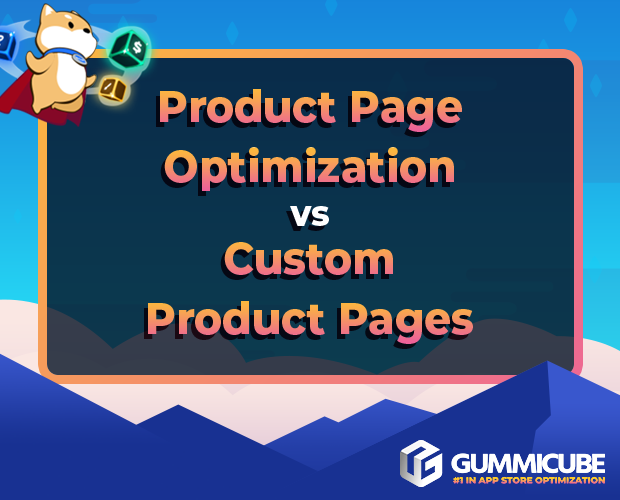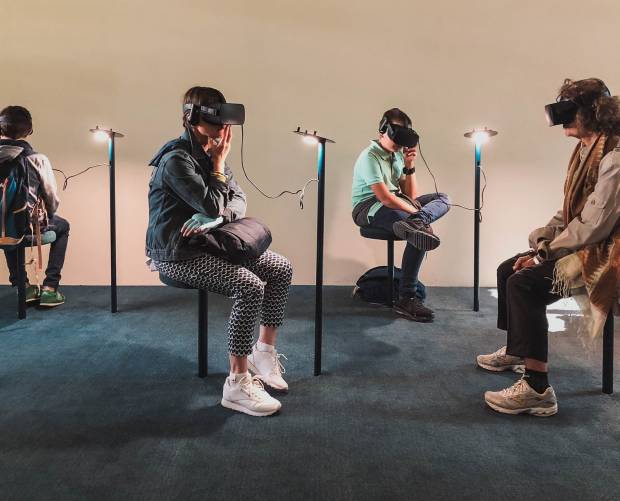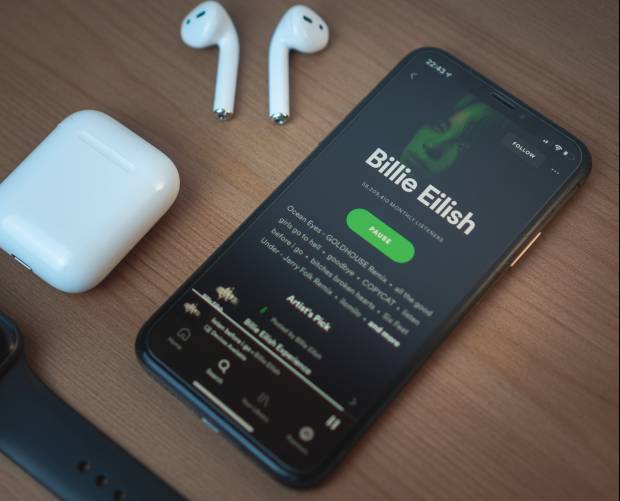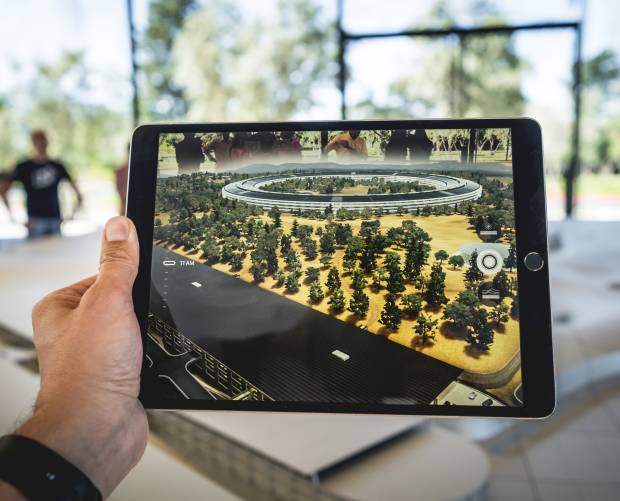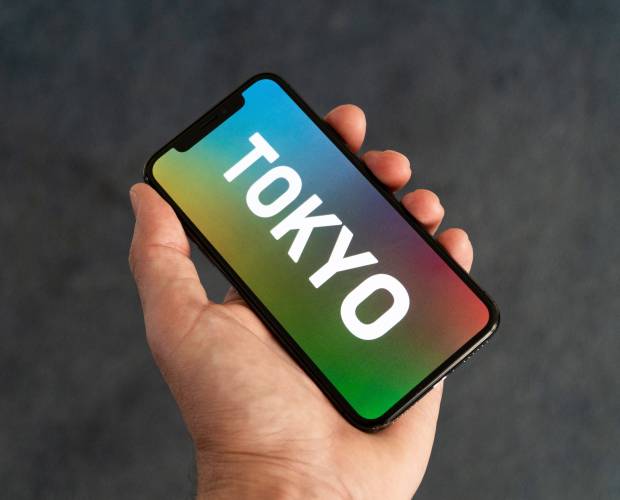Case Study: How Build.com turned to AR to increase customer engagement and sales
- Thursday, April 18th, 2019
- Share this article:
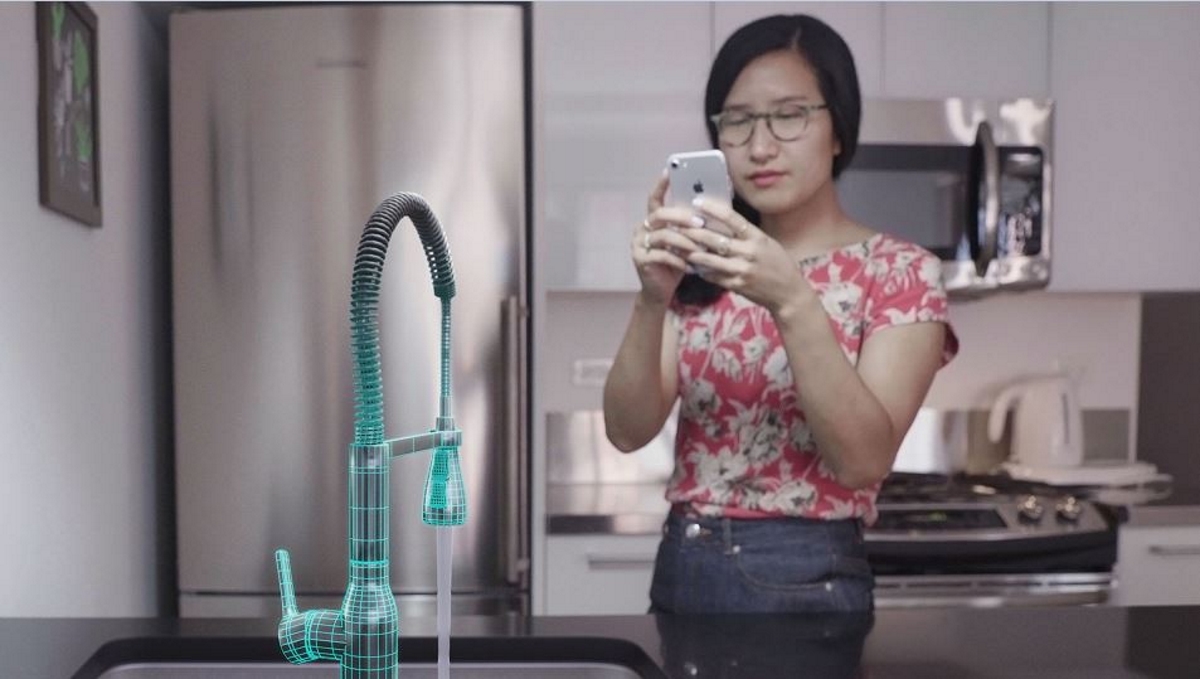 Build.com is the largest online-only home improvement retailer. With no brick and mortar locations, the comany wanted to give its customers the ability to “touch and feel” products before making a purchase.
Build.com is the largest online-only home improvement retailer. With no brick and mortar locations, the comany wanted to give its customers the ability to “touch and feel” products before making a purchase.
The solution
With the launch of Apple’s ARKit for iOS11, Build.com partnered with Prolific Interactive to bridge this gap through a new augmented reality experience, “In-Home Preview.”
It was important that the “In-Home Preview” experience provided practical, usable information for Build.com customers. Each product has incredibly detailed, to-scale 3D models that can be interacted with in their existing environment.
From turning on light fixtures, to adjusting a faucet (tap), customers can understand exactly how the product will function in their space. Users can switch between various finishes of the product, and view related products, directly within “In-Home Preview.”
How they did it
While other home improvement retailers have dabbled in augmented reality, Prolific and Build.com partnered to use ARKit to offer the most precise and accurate modified reality interactions in eCommerce today. By incorporating this experience directly in Build.com’s iOS App, customers are able to easily access the “In-Home Preview” experience from their phones to make informed purchasing decisions even easier. What’s unique about Build.com’s augmented reality feature is that shoppers can interact with the 3D products, such as turning on a faucet and opening the drawer in a vanity. Build.com works to animate all of its 3D models.
The results
Build.com launched the augmented reality tool on its site in 2017 that allows shoppers to view a few dozen of its products to-scale in 3D via their smartphone screens. The AR feature appears to have paid off; After a year of analyzing shopper behavior, the return rate for shoppers that use the augmented reality function is 22 per cent lower than shoppers who didn’t use the tool and bought the same product. Fewer customers are returning a faucet because the way the handle moves or hits their backsplash because customers can interact with AR-enabled products – not just plop and spin – they can ensure that it will function in the space.
Today, there are over 650 products and 1,700 SKUs that has had the augmented reality treatment. Approximately 5,000 shoppers use the feature each month.
Shoppers who use AR are – on average – twice as likely to return to the site or app than non-AR shoppers. What’s more, the average session is nearly one minute longer for AR shoppers than non-AR shoppers.
Finally, the customers using the feature are Build.com’s highest lifetime value customer and have the highest average order value.
Conclusion
Worldwide spending on AR and virtual reality (VR) is set to surge 69 per cent to $20.4bn this year, up from $12.1bn in 2018, according to figures from IDC. As Prolific Interactive CXO Eric Weber explains, retail may very well be the most effective use case of AR at the moment.
“When customers can test out products in context, it increases their confidence in their purchase and greatly increases the likelihood that it fits what theyre looking for” he says. “That has a direct impact on conversion rates, return rates, as well as customer loyalty and retention. Retailers will also be able to sell their higher-priced items that would previously be perceived as too risky to buy online. This isnt a turnkey kind of thing; It takes clever design to intuitively map interactions on a 2D surface (the device screen) into 3D space.
“Theres an extra level of nuance in designing and testing those kinds of interfaces. Theres also particular expertise required to produce 3D models and textures that are as accurate and convincing as possible within the constraints of the hardware and platform. So even if youre looking at a platform promising everything out of the box, you will want to put content quality and user experience first, and make sure no corners are cut there.”
Watch the video:




